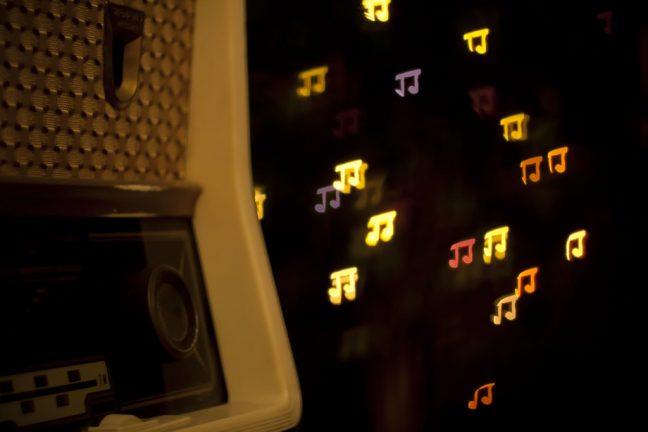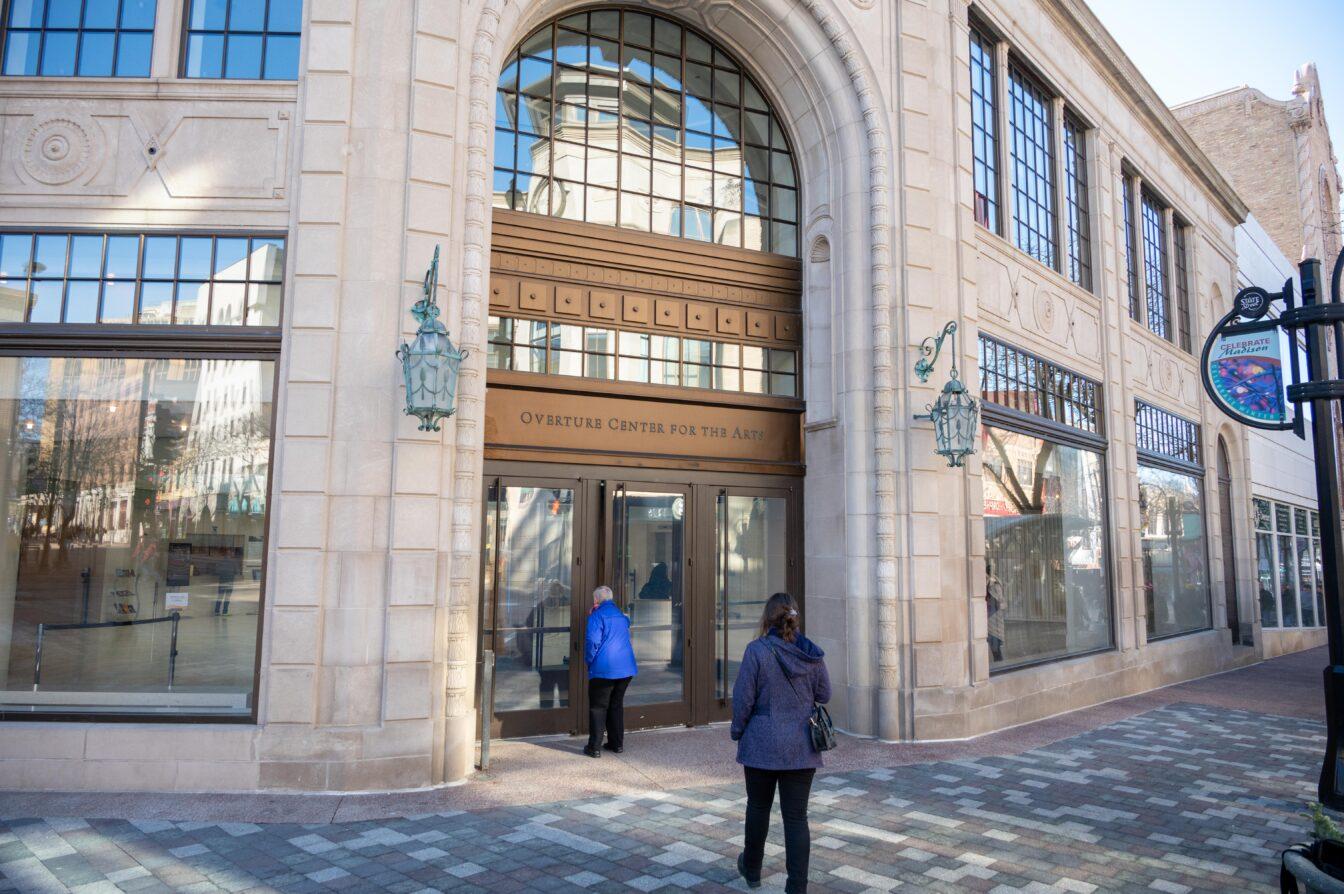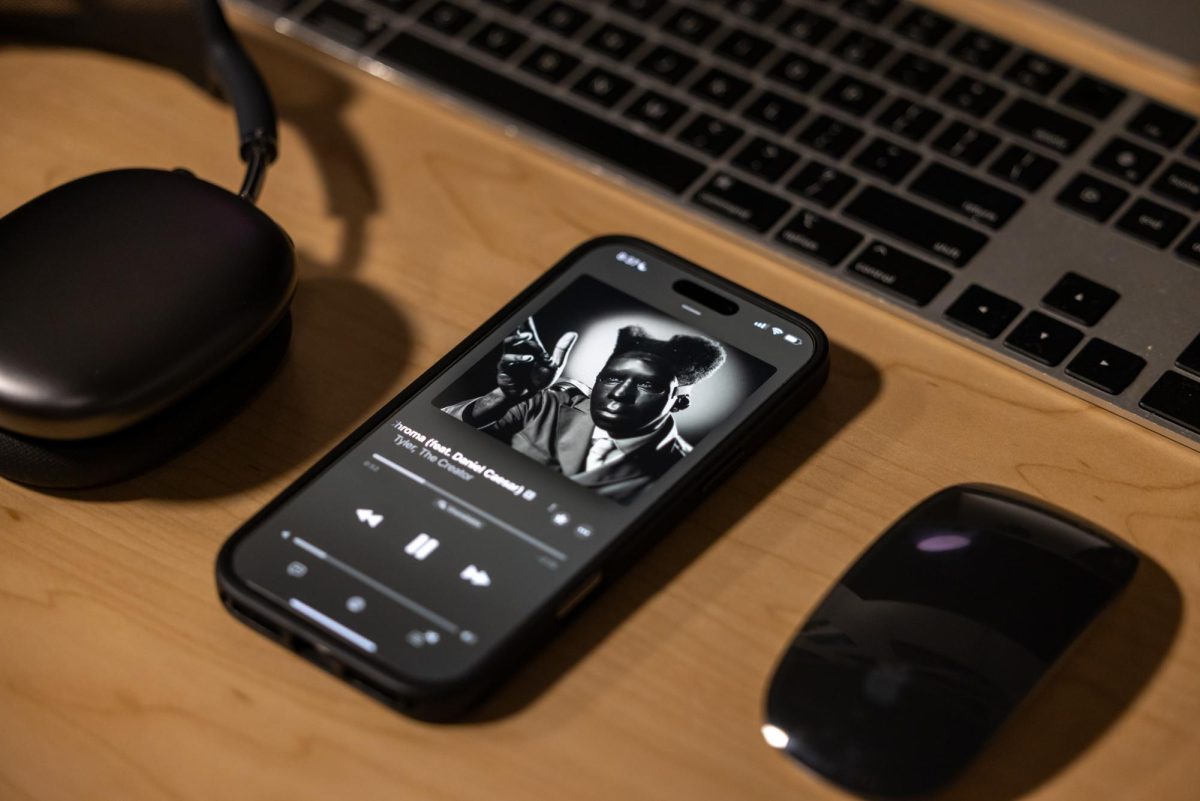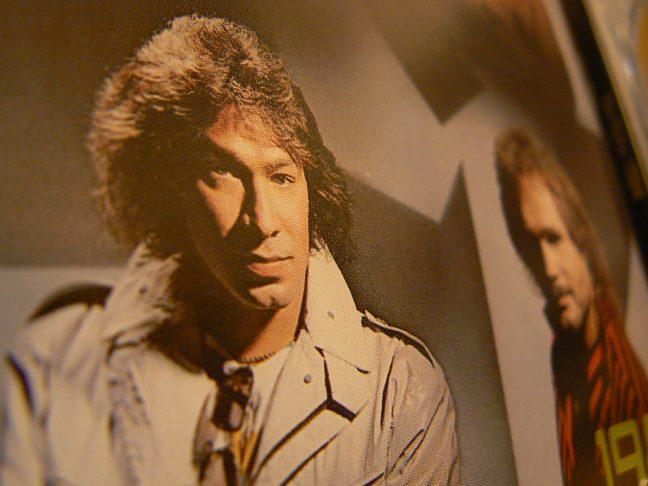Have you ever made a playlist you swore would never grow old, only for your ears to reject it a month later? If you’re stuck in that musical mud right now, this article, spanning the decades and genres of the 20th century, might just be the thing to pull you out.
Blind Willie Johnson, “Dark Was the Night, Cold Was the Ground” (1927): Hearing this song for the first time must be the musical equivalent of stumbling upon the source of a mighty river. Johnson’s biting guitar and agonized cries, covered in a thin layer of static which adds to the song’s ambiance, is not only the epitome of blues but of human emotion as well.
In Madison show, Mitski combines emotive indie rock with dramatic lyricism
Robert Johnson, “Cross Roads Blues” (1936): Johnson, hailed as the “King of the Delta Blues,” has a discography filled with mastery, but nothing encapsulates his mythos like “Cross Roads Blues.” Making his one guitar sound like two, Johnson laments being stuck at a crossroads, unknowingly contributing to the legend he exchanged his soul for his musical ability at such a spot. Whether one takes stock in the myth or not, this song will always remain one of the blues’ best offerings.
Duke Ellington and His Orchestra, “Take the ‘A’ Train” (1941): This tune, written as a tribute to the locomotive which serviced Harlem, became Ellington’s signature and for good reason. Every time I hear the trumpets rise up from Ellington’s orchestra, I am taken to a place I never knew — a smoky diner, the only point of light for miles on a snowy night. If you listen, you’ll know what I mean.
The Cadillacs, “Speedoo” (1955): While any number of doo-wop songs could have been picked, I chose “Speedo” for the way it bridges the sounds of the ‘50s and ‘60s. Still present is the structure of doo-wop, but something — the lead vocals or maybe the lyrics — gives the song a quality which would be further developed by the artists at Motown.
Janis Joplin, “Down on Me” (1967): Joplin manages to marry blues, soul and psychedelia with “Down on Me,” an electrified cover of a traditional gospel song. The tune perfectly captures why Joplin’s memory outlived the psychedelic scene, as she effortlessly ties together multiple genres into something which remains firmly her own. Her entire collection is worth listening to, but this in particular showcases both Joplin’s influences and her supreme talents.
David Ruffin, “You Can Come Right Back to Me” (1971): You probably do not know Ruffin’s name, but I guarantee you’ve heard his voice, as he lent lead vocals to the Temptations’ smash hit, “My Girl.” 1971 finds a solo Ruffin, his voice having picked up some rasp since his departure from the group. His vocals soaring over a dramatic yet upbeat backing, this song is Ruffin at his peak.
Black artists release array of social justice-inspired music
Husker Dü, “Don’t Want to Know If You Are Lonely” (1986): I couldn’t help but pick a punk song, so I chose one which best merges the genre’s “DIY” sensibilities with an alternative sound. This selection is not one of the one-minute rampages of the early ‘80s; it is their matured offspring. It sounds not like a compromise but rather a worthy evolution.
Old 97s, “Big Brown Eyes” (1997): In the sudden period after grunge music’s self-destruction, one genre which was seen as its potential successor was an alternative country, headed by the Old 97s. Though they never fully caught the headwinds of fame ceded by grunge, “Big Brown Eyes” is a fun mix of styles that has stayed fresh after twenty-five years.















